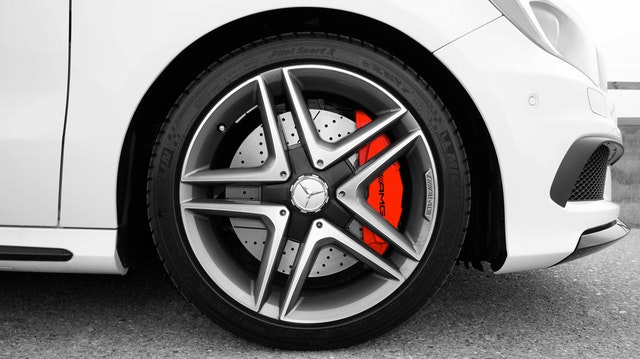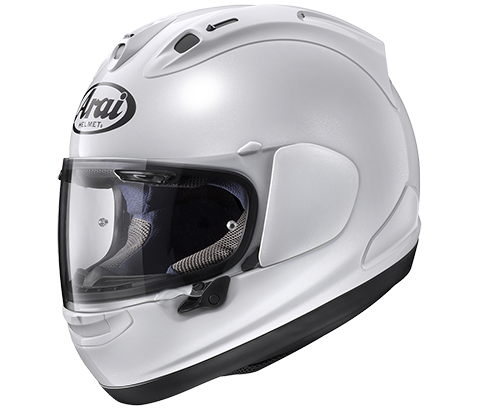The Maintenance Checks Required for Tires
To obtain car tires in Toronto, Canada, is as easy as a few inputs and clicks on a website. If we have had our tires replaced before, the chances are that we will know exactly what we are looking for. If not, there will be those around us who can help us with our measurements. A Toronto tires website will take care of the rest.

It is important for safety and vehicle performance that tires are regularly checked and looked after.
Legal Limit
In Canada, to stay ahead of the law, you will need to check that the tread of your car tires does not drop below 1.6 mm. This is the legal limit, not a recommended limit of what you should let your tire go down to in terms of its tread. Recommendations are that the limit for tread depth should be 3mm for summer tires and 4mm for winter ones. These figures allow for your vehicle to achieve its optimal performance. That is the performance its manufacturers intended the vehicle to be capable of, and the performance that you bought the vehicle for, perhaps.
Gauges are available that will check for tread depth. Some will suggest a coin can be used. It depends on how close your treads are to the legal limit and how accurate you need to be with your measurement.
Damage to Check For
Apart from keeping an eye on tread wear, motorists should be alert to other kinds of damage that can happen to tires over time or from an accident. A tire might experience cracks due to aging, a buckled rim, a damaged sidewall, shoulder wear, wear in the middle of the tire, sidewall scuffing, or feathering of the tread. These are all signs that tires need replacing as soon as possible. This is where online tire services can help you to obtain those tires as quickly as possible and with no fuss.
Mileage or Distance Check
With regards to how often tires should last, the front tires are thought to last for around 20,000 miles before they need to be changed, and your rear tires possibly slightly longer. It is also often recommended that tires be replaced together to maintain equal wear. This is certainly thought to be the ideal option in the case of four-wheel-drive vehicles. So, this all equates to you changing your tires, possibly all four, on average every four years when you travel an average of 5,000 miles per. Most of us will, however, travel much greater distances in a year, if not for our work in leisure, so your car tires will need replacing much more frequently than four years, and more frequently than you might think. It does all depend on the quality of tire you start with. A range of different makes can be chosen between where websites are offering tires for sale.
To conclude, when we are checking our car tires we should consider not just the legal limits in terms of their tread depths, but also if there is any other damage we can see. A good tip to check if you have a flat tire is to kick the tire. You will soon find out if it is hard because it is ok, or soft due to a puncture. Checking for small stones inside your treads and removing them regularly is a good idea. Avoid driving where there might be rusty old nails on the ground. It is not the rust you need to worry about but their sharp point which can cause an instant or slow puncture. We should also consider the mileage or the distances we have driven on one set of tires. This will be a clue to how close they are to needing replacing. There is no substitute, however, for a visual inspection by yourself, a family member, a friend, or a garage. These inspections are a straightforward maintenance check and should be something you can do yourself. When new tires are required, this process can be made even easier because they can be purchased online from companies such as redwheels.com, for example.





